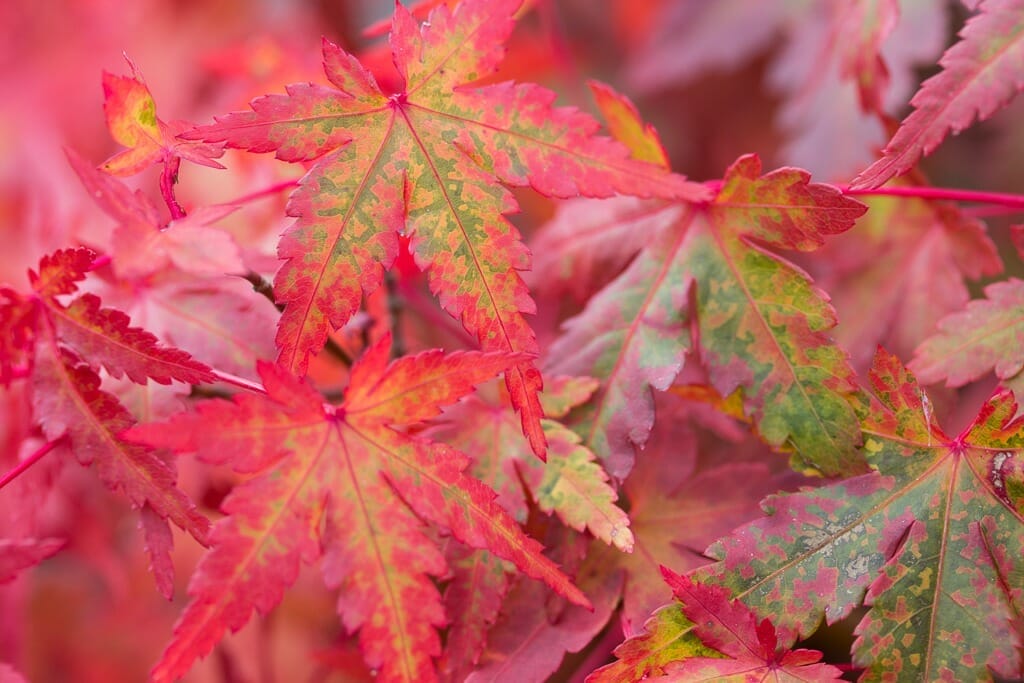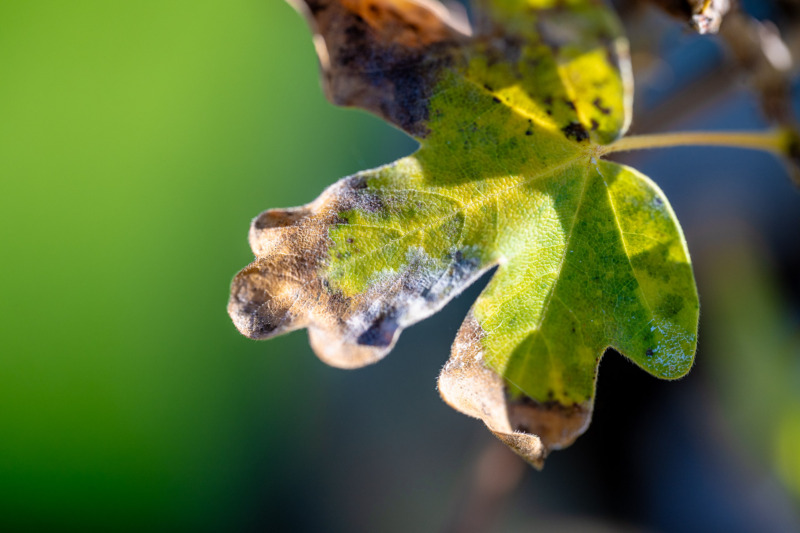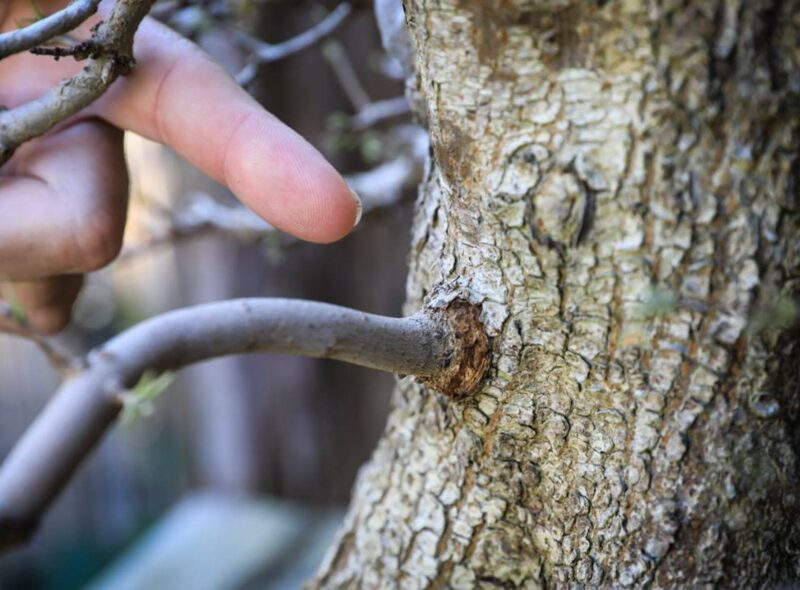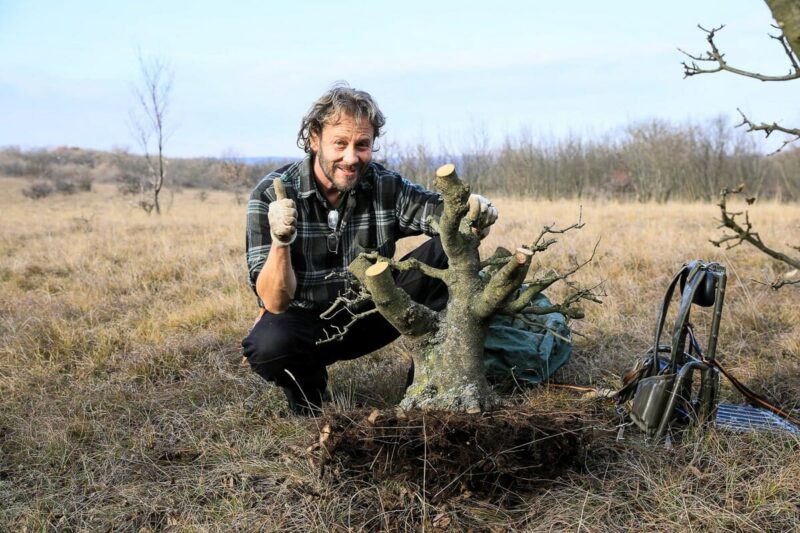Categories
Tags

The top and bottom cell layers of a leaf form the epidermis, the epidermis is the skin of the leaf. Both layers of the epidermis secrete a waxy secretion that makes the leaf water-repellent. Under the epidermis (leaf skin) there is a layer of cells that line up next to each other like fence struts (palisades). These cells are called palisade cells, about 80% of the leaf green is in these cells. Below this is a cell area that contains rather disorganized cells with large spaces in between, similar to a sponge.
These cells are called sponge parenchyma. The spaces between these cells store water and about 20% of the leaf green. Next is the lower epidermal layer, which is covered with many small openings that the leaf can also close, the so-called stomata. In a book, for example, there can be up to 300 stomata per square millimeter. Through these stomata, the leaf absorbs carbon dioxide from the air and releases oxygen and water vapor.
The carbon dioxide is released from the intercellular spaces with the stored water and thus reaches the leaf green in the rosewood cells. The palisade cells enriched with leaf green are located on the upper side of the leaf, under the first epidermal layer. This is very important because this leaf green has the important property of capturing sunlight, similar to solar collectors.
Similar to solar collectors that convert light into heat energy, leaves also convert sunlight and inorganic substances such as carbon dioxide and water into organic substances such as glucose.
Oxygen, which is important for every living organism, is also produced as a waste product. The glucose obtained can be further processed by the plant into the storage substance starch and building material cellulose. The energy produced during this conversion is now stored in the form of chemical bonds. When these chemical bonds are dissolved, the plant can recover energy which it then uses for metabolic processes. During this energy recovery, the plant consumes oxygen and also releases carbon dioxide and water. This process is called dissimilation.
In order to supply the leaf with water, there are also pathways like those in the stem. These pathways are the leaf veins, which in turn supply the stem with energy and storage substances. By evaporating the water through the stomata, similar to sweating, the plant cools down on the one hand, and on the other hand the evaporation creates a suction effect that supplies the tree with water right down to the outer leaves without the tree having to expend any energy. When the air temperature warms up to over 28° C in midsummer, the leaf closes these stomata to protect itself from drying out.
In summer at midday, the air temperature is usually at a high level, during which time the tree also goes dormant and photosynthesis does not take place. To protect themselves from drying out, conifers have developed a special leaf shape.
The leaf surface is much narrower and smaller than that of the deciduous tree, and the stomata are housed in grooves. Evaporating water (water vapor) can accumulate in these grooves without the danger of being blown away by the wind.
The leaf green cells that carry out photosynthesis in the needles have a larger inner surface area. This compensates for the smaller outer needle surface compared to the leaf of a deciduous tree. Spruces, firs and pines can therefore still assimilate even at very low temperatures, as they do in winter, and therefore do not need to shed their foliage (needles) like deciduous trees. It is therefore also important for these conifers to be in a very bright position.

Category
Editor

Category
Editor

Category
Editor